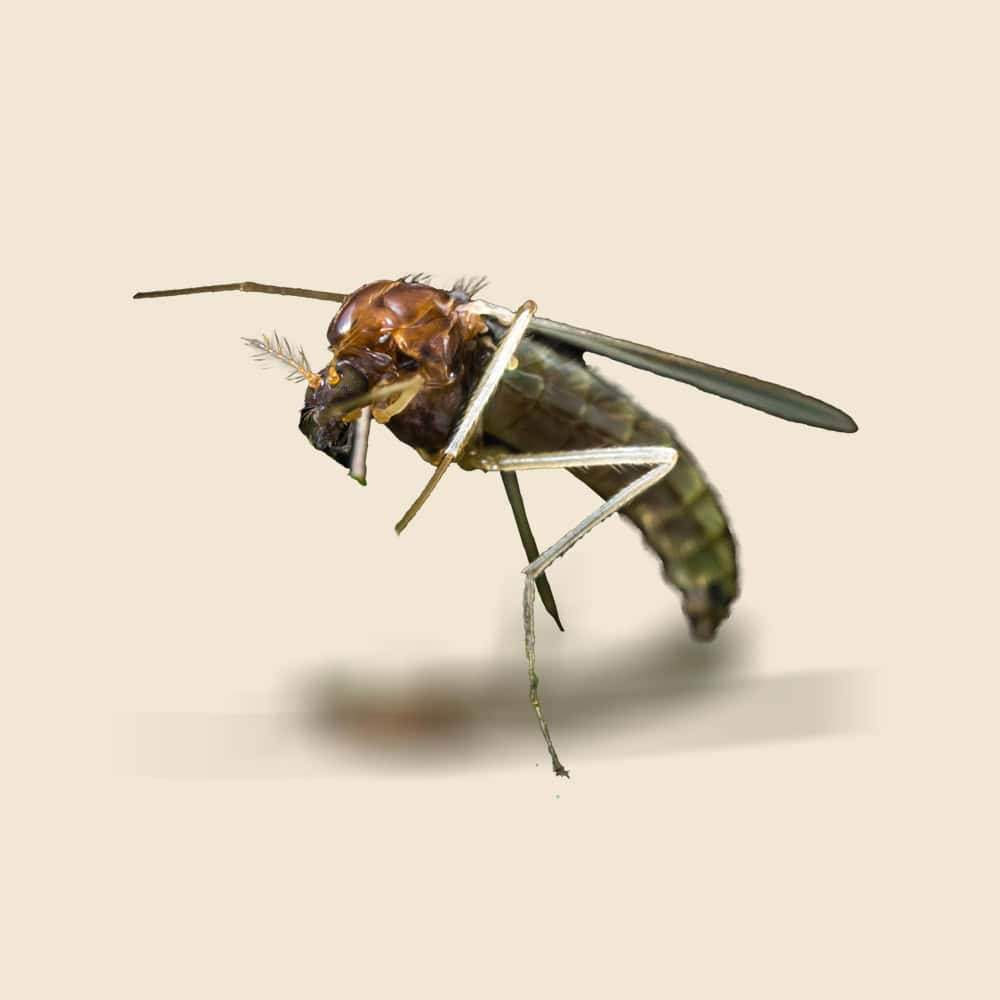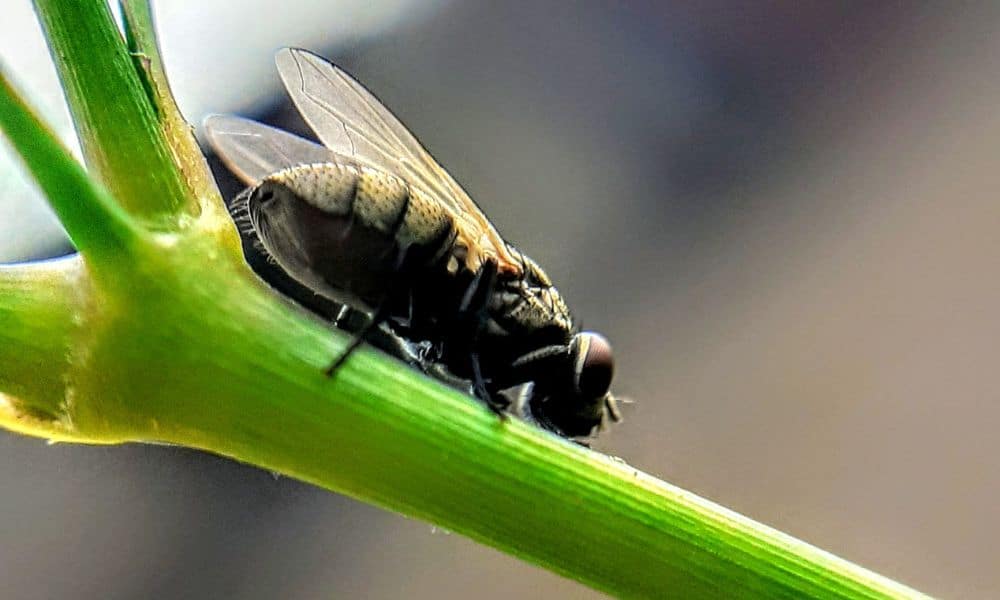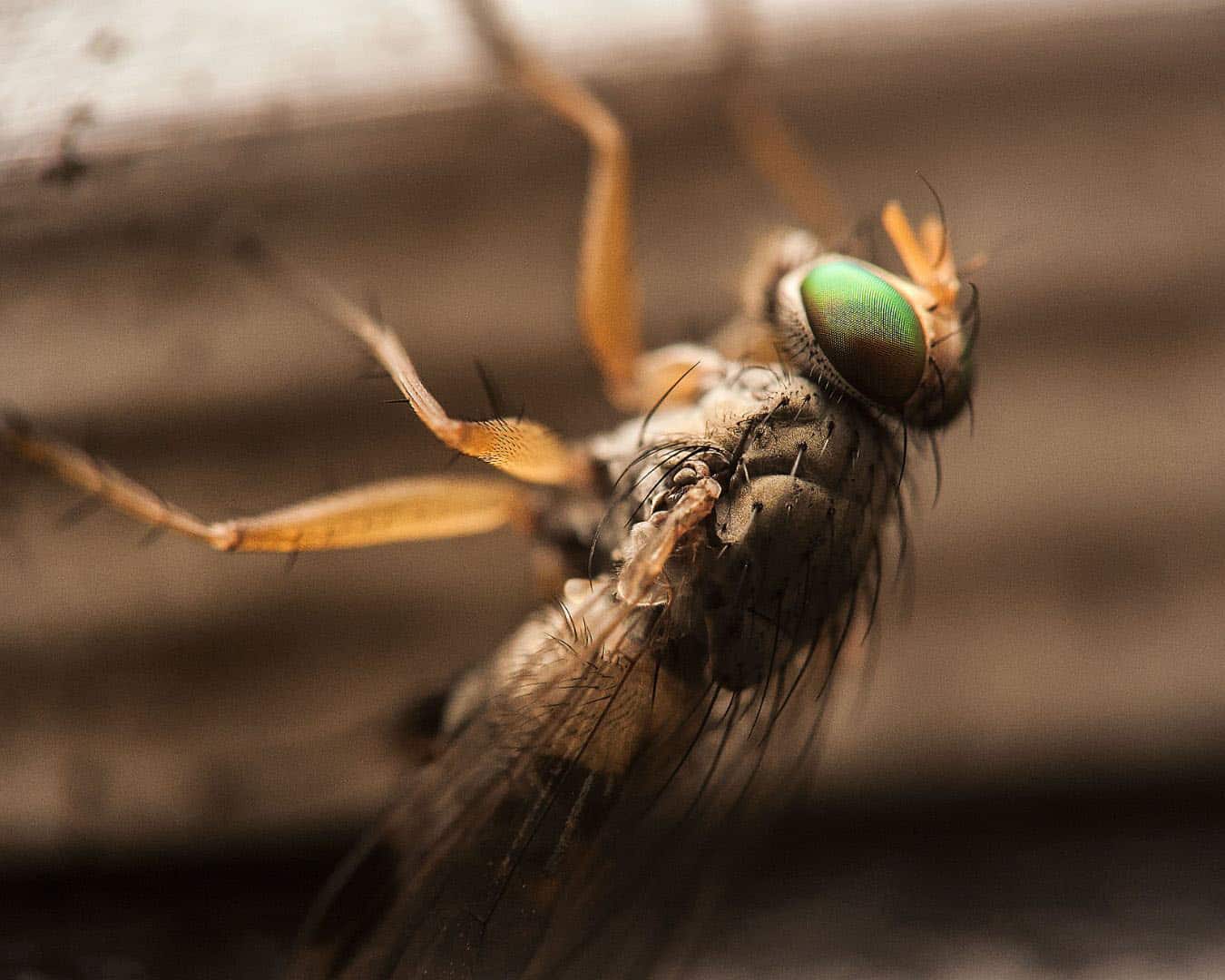Sand Fly Facts & Information
Sand flies, also known as biting midges or no-see-ums, are small but troublesome pests known for their painful bites and their ability to transmit diseases. Their presence can create significant discomfort and health concerns in outdoor and indoor environments.

Phlebotominae
What You Need To Know About Sand Flies
What do sand flies look like?
Sand flies, also known as Phlebotominae, are tiny, delicate insects measuring about 1/16 to 1/8 inch in length. They have a slender body with long, hairy legs and wings. Their wings are usually clear with a fringed appearance, and their bodies are often light brown or gray. They are similar in size and shape to gnats.
What do sand flies eat?
Female sand flies bite and feed on blood, which they require for egg development. They feed on the blood of mammals, birds, and sometimes reptiles. Male sand flies, on the other hand, primarily feed on nectar and other sugary substances.
What sort of habitat do sand flies live in?
Sand flies are typically found in warm, humid environments. They often inhabit sandy or dusty areas, such as beaches, riverbanks, and forests. They prefer environments with abundant vegetation and moist soil, where they can find shelter and breeding sites.
How do sand flies commonly behave?
Sand flies are most active during dusk and night. They are weak fliers and tend to stay close to the ground. They are attracted to hosts by carbon dioxide, body heat, and certain body odors. Female sand flies bite to obtain a blood meal, which can lead to itching and irritation in their hosts.
Did you know this about sand flies?
Sand flies are known for their role as vectors for various diseases, including leishmaniasis, a parasitic disease affecting the skin and internal organs. They are also associated with other health issues such as sand fly fever. Their bites can cause significant discomfort and itching due to the anticoagulants they inject while feeding. Despite their small size, sand flies can have a considerable impact on human and animal health, especially in endemic regions.
Understanding Sand Fly Infestations
Understanding sand fly infestations is crucial for effective management. Sand flies are tiny, measuring only 1/8 to 1/4 inch long, and are most active during dusk and dawn. They are found in sandy or marshy environments, as well as in areas with high humidity and decaying organic matter. Sand flies are notorious for their biting behavior, which can cause intense itching, irritation, and in some cases, allergic reactions.

How Hearts Handles Sand Fly Treatment
Hearts Pest Management employs an integrated pest management approach to handle Sand Fly infestations.
Sand Fly Inspection
Sand Fly Treatment
Sand Fly Prevention
Educational Resources

Think You Might Have a Sand Fly Infestation?
At Hearts Pest Control, we understand the challenges associated with Sand Fly infestations and are here to provide professional solutions tailored to your needs. Flourishing in warm and humid climates, they are prevalent in many regions, including San Diego County, Orange County, and Los Angeles County.